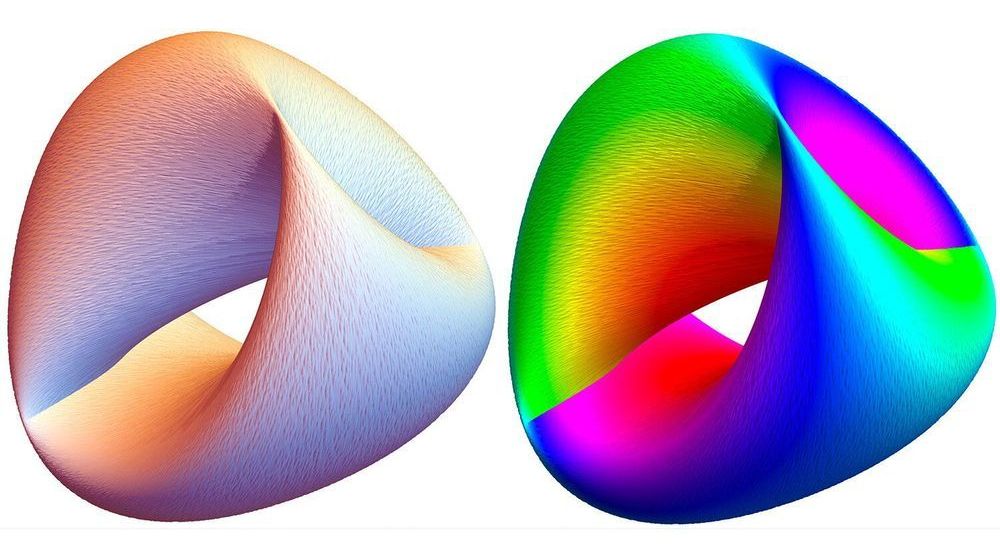Researchers from North Carolina State University have discovered that teaching physics to neural networks enables those networks to better adapt to chaos within their environment. The work has implications for improved artificial intelligence (AI) applications ranging from medical diagnostics to automated drone piloting.
Neural networks are an advanced type of AI loosely based on the way that our brains work. Our natural neurons exchange electrical impulses according to the strengths of their connections. Artificial neural networks mimic this behavior by adjusting numerical weights and biases during training sessions to minimize the difference between their actual and desired outputs. For example, a neural network can be trained to identify photos of dogs by sifting through a large number of photos, making a guess about whether the photo is of a dog, seeing how far off it is and then adjusting its weights and biases until they are closer to reality.
The drawback to this neural network training is something called “chaos blindness”—an inability to predict or respond to chaos in a system. Conventional AI is chaos blind. But researchers from NC State’s Nonlinear Artificial Intelligence Laboratory (NAIL) have found that incorporating a Hamiltonian function into neural networks better enables them to “see” chaos within a system and adapt accordingly.
